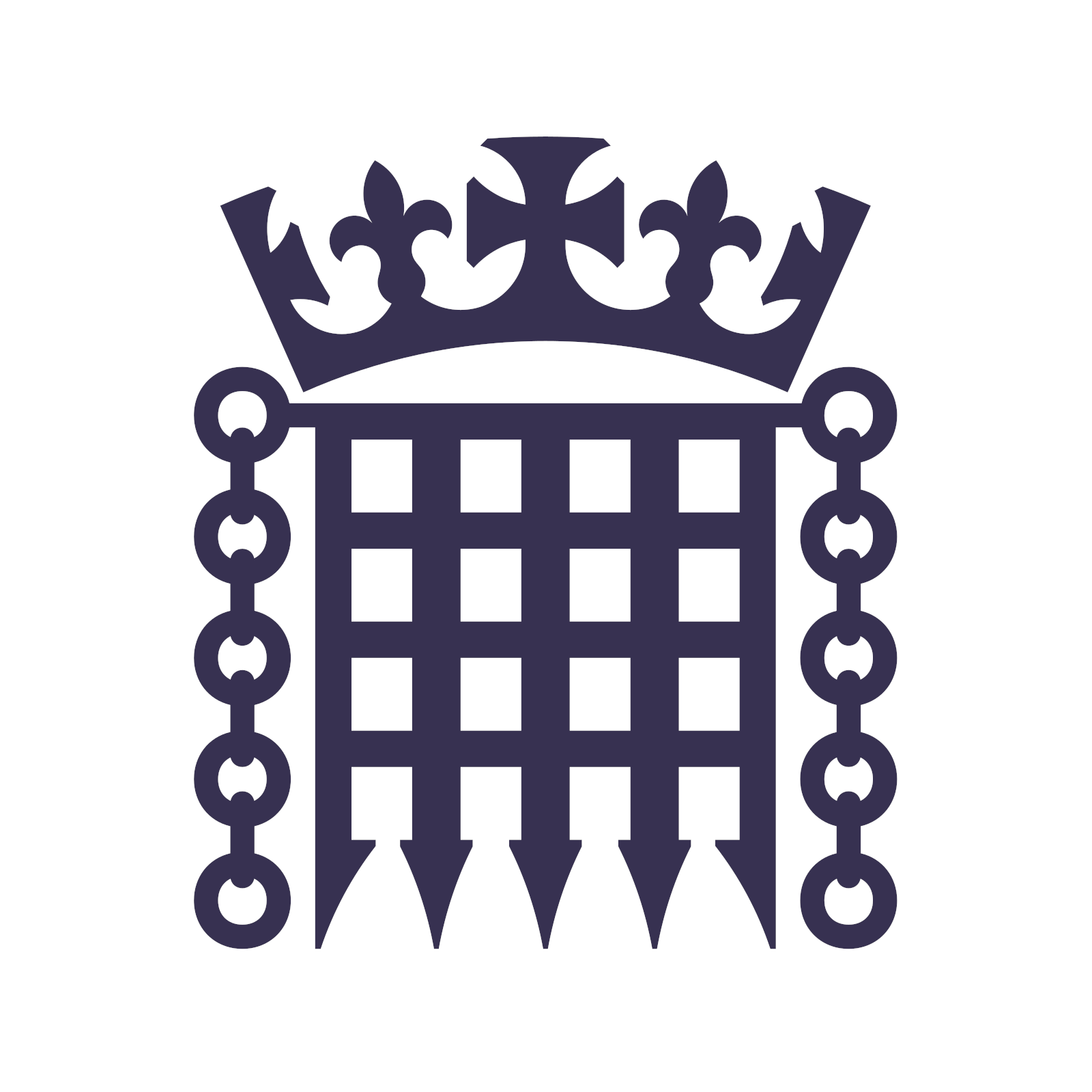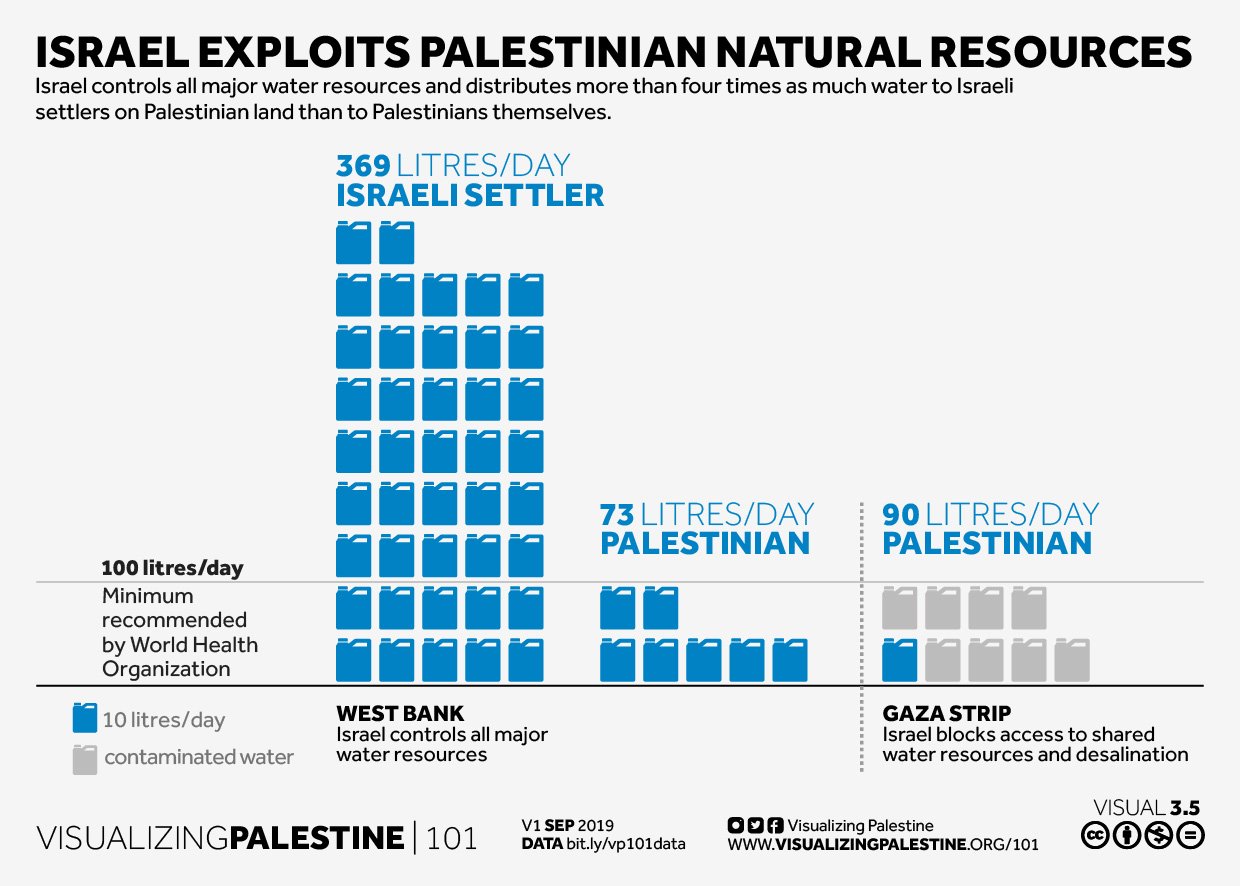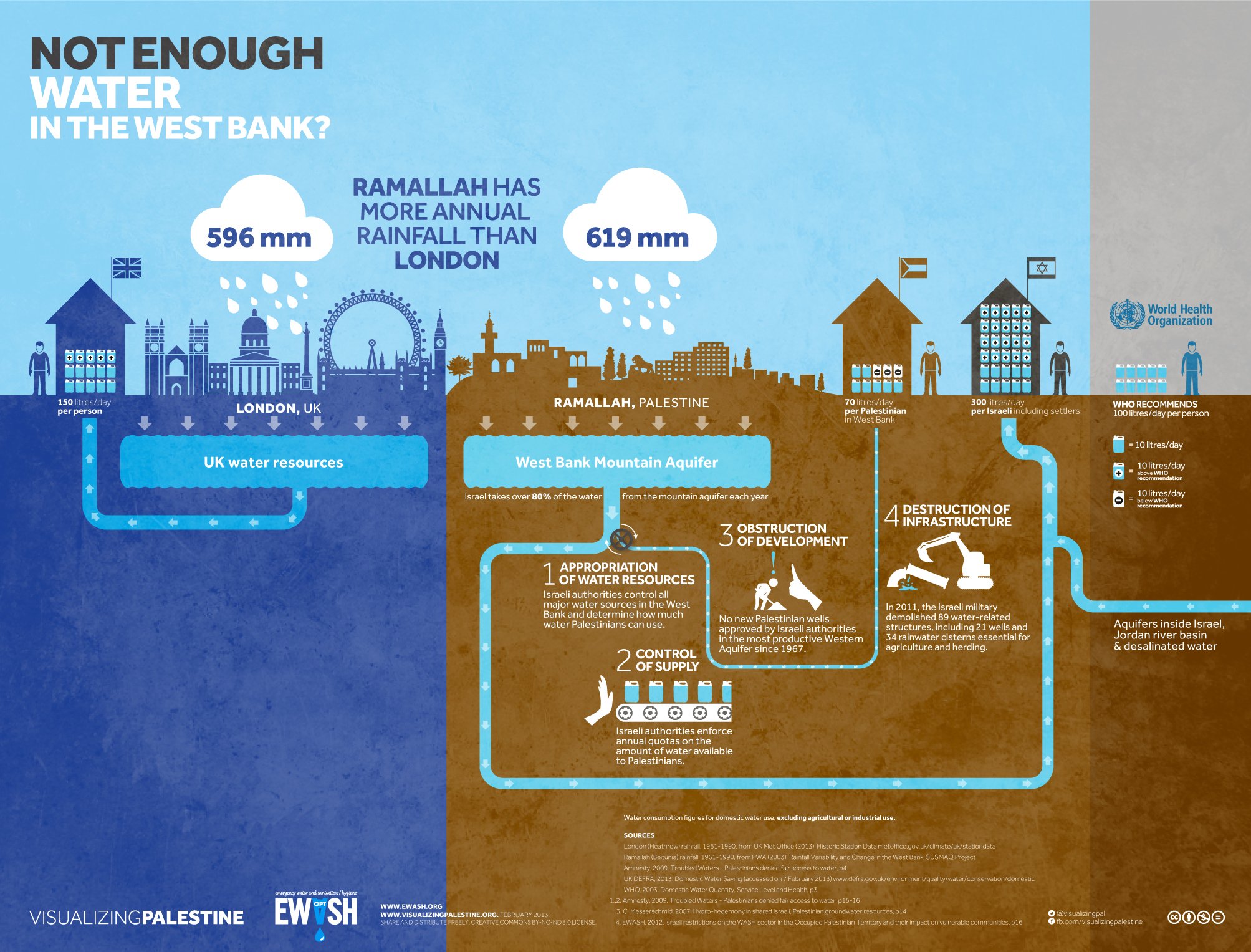

That’s a pathetic attempt to discredit Nur Masalha’s tremendous amount of credentials and works as a historian. You have no clue what you’re talking about, as evident by your lack of interest in source materials about the subject, including reports by Human Rights Organizations and books by Israeli and Palestinian historians.






You’ve already openly admitted to being willfully ignorant by ignoring these sources, so it’s no surprise you ignore the overwhelming about of facts about Zionism and Palestine.
The slogan From the River to the Sea is about Palestinian liberation that started in the 60s by the PLO for a democratic secular state, not Genocide. The Syrian leader Hafez al-Assad in 1966 maybe, but he’s not Palestinian.
Apartheid Evidence
Amnesty Report
Human Rights Watch Report
B’TSelem Report with quick Explainer
Historian Works on the History
Palestine: A Four Thousand Year History - Nur Masalha
The Concept of Transfer 1882-1948 - Nur Masalha
A History of Modern Palestine - Ilan Pappe
The Hundred Years’ War on Palestine - Rashid Khalidi
The Ethnic Cleansing of Palestine - Ilan Pappe
The 1967 Arab-Israeli War: Origins and Consequences - Avi Shlaim
The Biggest Prison on Earth: A History of the Occupied Territories - Ilan Pappe
The Gaza Strip: The Political Economy of De-development - Sara Roy
10 Myths About Israel - Ilan Pappe (summery)
Documentaries
A shocking insight into Israel’s Apartheid | Roadmap to Apartheid | Full Film
Palestine 101 with Abby Martin
Life in Occupied PALESTINE by Anna Baltzer
How Israeli Apartheid Destroyed My Hometown
The Gaza Ghetto Uprising
Anti-Semitism, Weaponized.
One year of Israel’s war on Gaza: Al Jazeera special coverage
Palestine 1920: The Other Side of the Palestinian Story | Al Jazeera World Documentary
The existence of Hamas, and any armed resistance movement, is directly due to the decades of violence experienced daily under the permanent occupation, the Apartheid State, of Israel. It’s impossible to understand their existence if you don’t understand the lived experience and material conditions they are forced to live under. There is no such thing as a perfect victim when it comes to anti-Colonialist resistance, not for the Vietcong, the IRA, or the ANC either. Can you condemn the violence of the Warsaw Ghetto Uprising in the same way as the violence of the Warsaw Ghetto?
In the Shadow of the Holocaust by Masha Gessen, the situation in Gaza is compared to the Warsaw Ghettos. The comparison was also made by a Palestinian poet who was later killed by an Israeli airstrike. Adi Callai, an Israeli, has also written on the parallels in his article The Gaza Ghetto Uprising and expanded upon in his corresponding video